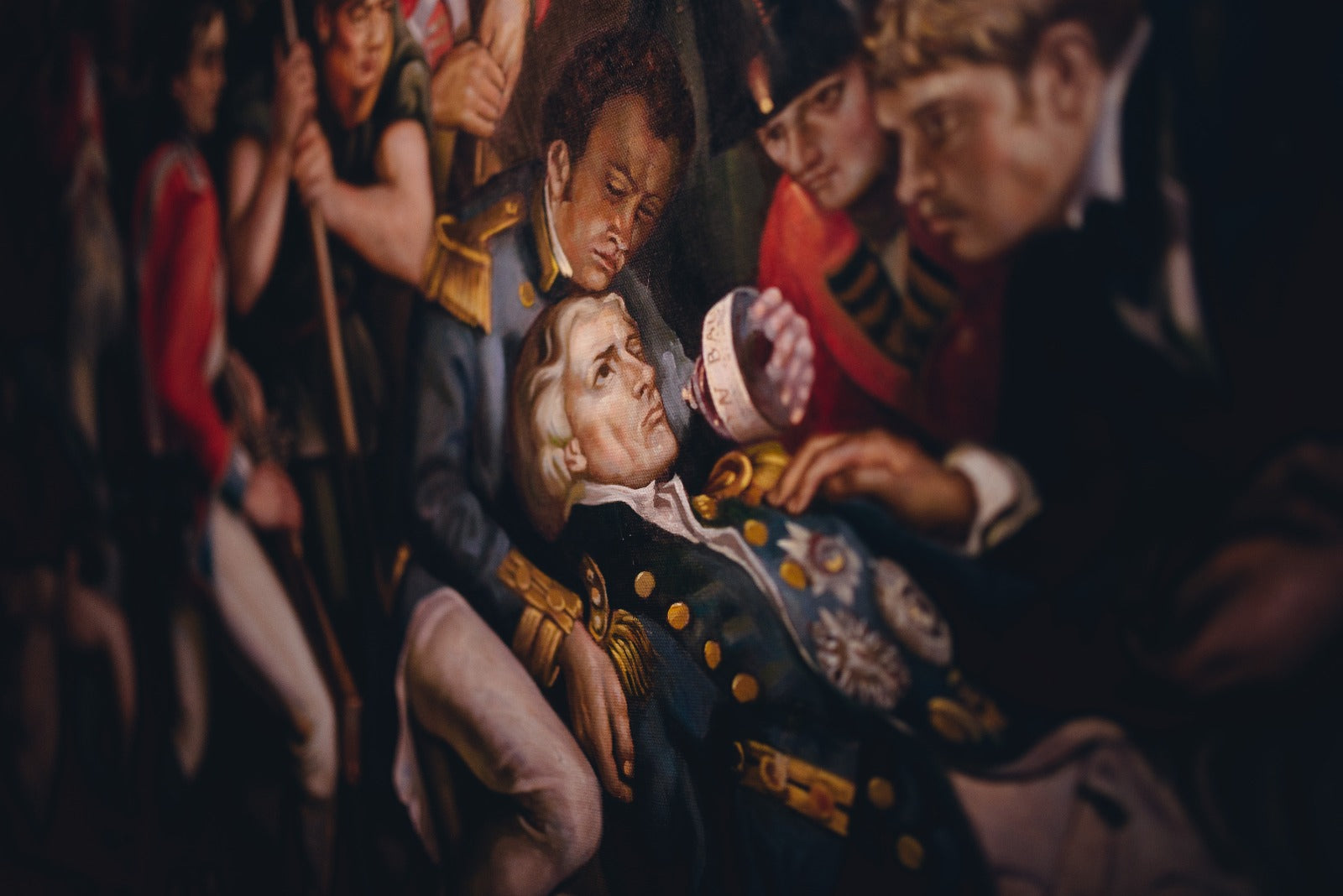
JUST WHEN YOU THOUGHT YOU KNEW SOMETHING ABOUT GIN
Part One: The Early Days
What are the real origins of gin? If you’re reading this, then you must be a bit of a ginophile (I made that word up, feel free to submit it to the OED for consideration), and you may have some questions and concerns. Here’s what got me twisted up upon my initial delving: what were these crazy terms I was coming across with, such as Jonge and Oude? Apparently, Jonge is a type of genever, using up to 15% malt wine, and Oude is an older, more traditional genever, using 15-50% malt wine. Oh, and what the hell is malt wine? Confused already? Then read on, I’ll try to make sense of it.
Let’s start at what hopefully is the beginning. Apparently, in the early 1600’s, the French created a spirit that was a variation of brandy aka distilled wine. This spirit was then flavored with juniper berries or exported en masse to the Netherlands, where it was there infused with juniper berries too. The name of this product translated in English was “Juniper Berry Water”, fitting enough.
History tells us that around halfway through the sixteenth century, Europe experienced what is now called the “Little Ice Age”. It basically got ridiculously cold and sensitive fruits like grapes got wiped out, hence no more grape-based spirit i.e. brandy to be had from France. The Dutch then resorted to using a grain-based spirit to make their “Juniper Berry Water”.
This evolved into a few different things. Using a grain-based spirit (strikingly similar to vodka) and adding juniper berries to it would be the first iteration of gin as we know it today. But the Dutch had another idea of how to make their “Juniper Berry Water” more palatable: add sugar to it thus creating Genever, which literally translates to “Juniper” in Dutch.
By 1689, the British were already falling in love with both Gin and Genever. William of Orange, who hailed from the Netherlands, became King of England and his impact on society brought genever onto the center stage of the social scene. That same year, he banned the importation of brandy from France - war dictates - and gin became the rage. He also encouraged small producers to start distilling from corn and grain to combat the lack of French brandy. This caused some major problems, which by 1751 would lead to Hogarth’s satire depiction of “Gin Lane” (another story for another time). The key element here is that when amateur distillers are making a base spirit, and don’t understand the ins and outs of it, the results can be horrific. And it is because of this bit of history that gin makers in the UK are still banned from doing their own fermentation, and that most of them still buy their base ethanol from an approved supplier. This, of course, is changing now, albeit slowly.
Getting back to what we know about the origin of gin, some facts still lead to confusion. Some say genever is a marriage of whiskey and gin, but this brings about the age-old chicken and egg question. How can it come from gin when it is the predecessor of gin? It would seem genever is based on gin and then gin is based on genever. They are both originally based on brandy, and later what is known as “Malt Wine”, a distillate of equal parts Corn, Barley and Rye (I get the malt bit, not sure about that being a wine though). It’s a bit vexing and somehow brings to mind the story of dolphins evolving from cows. Anyway, we can conclude that they are similar spirits both with strong notes.
Spoiler alert: I haven’t found a single history saying that any spirit was ever distilled of a juniper mash, but it was definitely always the irrepressible essential botanical used to add flavor and essence to a base distillate or a blend of distillates, through the means of a tincture, maceration, or both.
To clarify things up, Genever is typically sweet while gin is dry.
So why does gin have this classification of being a unique spirit when in reality, it’s just juniper flavored vodka? Genever at least, has strict rules to carry the name. It must be made in Holland or Belgium. France also slips into this AOC style restriction. It should also be based on a distillate of “Malt Wine”, which we’ve learned is equal parts of corn, barley and rye. Gin, as we know it, can be made anywhere from any base distillate, and later infused through a number of different methods with Juniper and optionally other local botanicals.
In conclusion to the first chapter of this article, we see that gin as we know it has a long and dubious history concerning its origin. In the next chapter of this article, we will explore what gin is today and its multitude of variants. I hope you’ve enjoyed this little walk-through gin history and that it has been as enlightening for you as it has for me. This was more of a research project compared to my usual ranting and if anyone has corrections on any part of this history, please let me know. This project taught me a few things if nothing else: One, I still have a lot to learn about the true history and the origin of gin; Two, sometimes it’s better to drink it than read about it. Cheers!
Carson Quinn, Iron Balls Global Brand Ambassador

Comments (0)
Back to News